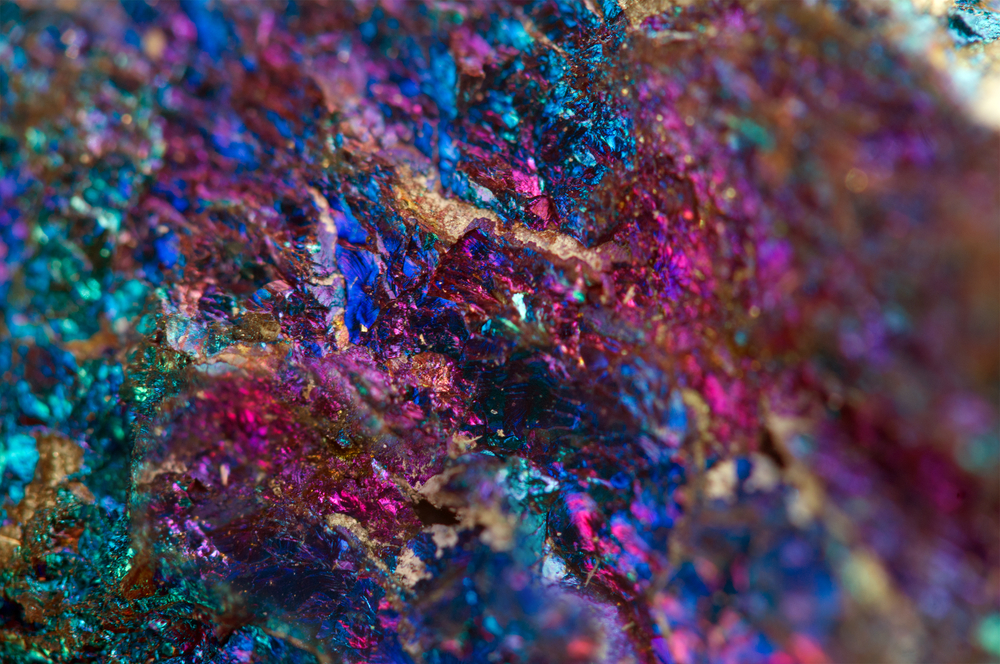OSLO, (Reuters) – Scientists have identified more than 200 minerals created as side-effects of human industries in a sign that mankind’s imprint on the Earth is so deep that it marks a new geological epoch, a study said on Wednesday.
Rare chemical combinations such as those found in mines, ore dumps or smelters have triggered the formation of new minerals, it said. One previously unknown mineral crystal, for instance, was found on a wooden pit prop deep in a nickel mine in Russia.
The scientists listed 208 items in the first global catalog of minerals caused exclusively or mainly by human activities, compared to about 5,000 formed by purely natural processes including iron, silicon, gold or silver.
The new minerals, with names including bluelizardite, fluckite or kokinosite, add to other evidence that mankind is leaving an indelible mark in geological records through the use of materials such as concrete, pottery, steel and aluminum.
“They form a layer at Earth’s surface,” said Robert Hazen, of the Carnegie Institution for Science in Washington, DC, who led the study of new minerals. “If you came back a million years or 10 million years from now, you would find this layer.”
Many scientists favor designating a new epoch in the Earth’s history called the Anthropocene – an epoch dominated by man, or “anthropos” in Greek. It would succeed the Holocene, the epoch that began 11,500 years ago when the Ice Age faded.
“Mineralogy supports the idea of the Anthropocene epoch,” Hazen told Reuters of the findings published in the journal American Mineralogist.
Mankind’s impact on minerals has been the greatest since an increase in oxygen in the atmosphere more than 2.2 billion years ago gave rise to hundreds of new minerals such as oxides of iron and manganese, the scientists said.
Minerals “add another argument to recognize the Anthropocene as an epoch,” said Colin Waters of the British Geological Society, who is secretary of the international Anthropocene Working Group and was not involved in Wednesday’s study.
Many experts favor the mid-20th century as the start of the Anthropocene, partly because fallout from U.S. atomic bombs dropped on the Japanese cities of Hiroshima and Nagasaki and nuclear tests left traces around the planet, he said.
It will take years for experts to decide if the Anthropocene is a new epoch, and when it should start, he told Reuters.
(Reporting by Alister Doyle; Editing by Tom Heneghan)
Copyright 2017 Thomson Reuters. Click for Restrictions.


